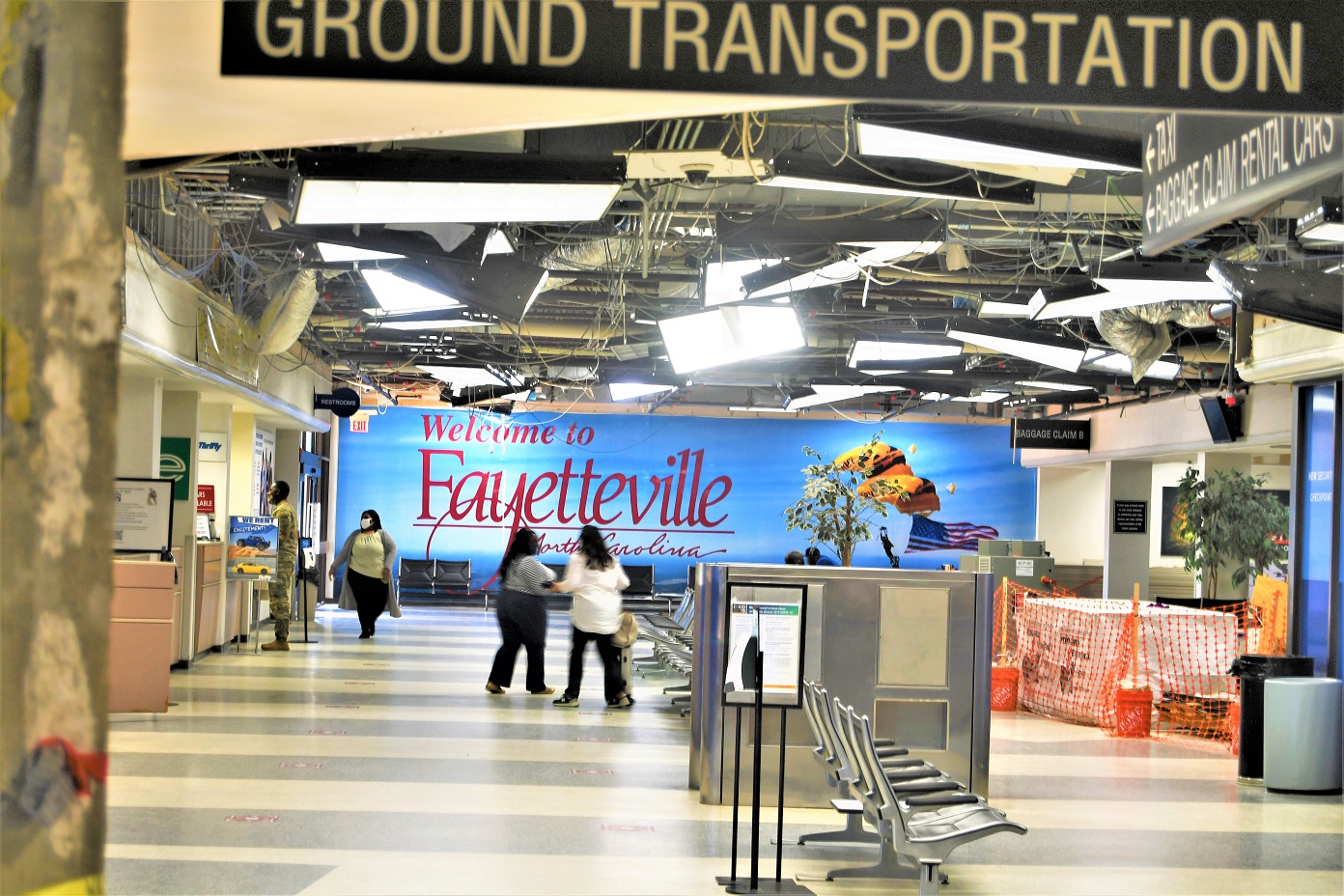
A year after the COVID pandemic nearly grounded the industry, things are looking up for airports and airlines. With pent-up demand and many travelers with some extra money in the bank, some analysts are predicting this month’s passenger numbers could nearly match levels from July 2019, one of the busiest months in airline industry history.
“Our numbers are looking pretty good. We've been running greater than 300 percent increases per month for the past several months,” Fayetteville Regional Airport (FAY) director Toney Coleman told the Business Journal on Friday. “So, you know, that's good for Fayetteville as compared to last year.”
Despite today’s steadily improving outlook, “air transport has remained one of the hardest-hit global industries since the very beginning of the (pandemic),” according to Airports Council International, a trade group for the world’s airports.
While the increase in passengers has Coleman and other airport leaders smiling again, FAY and airports across the nation recently received another dose of good news to the tune of $8 billion in grants from the Federal Aviation Administration (FAA). Known as Airport Rescue Grants, the funds are part of the American Rescue Plan, passed by Congress earlier this year.
(The legislation was the source of the most-recent round of stimulus checks Americans received as well as millions in grants currently being funneled to counties, cities and towns across the nation.)
The funds are allocated based on the number of annual boardings, with FAY -- the state’s sixth-busiest airport -- receiving $3,162,088. Charlotte-Douglas, the state’s busiest airport, is receiving $168,218,533, and Raleigh-Durham gets $50,680,855.
“The Airport Rescue Grants keep workers employed and help the aviation sector recover as more Americans get vaccinated and begin traveling again,” U.S. Transportation Secretary Pete Buttigieg said in a June 22 news release from the FAA. “These grants are part of the Administration’s commitment to build back a better and safer transportation system throughout our country.”
The funding provides economic relief to eligible commercial service, reliever, and general aviation airports, the FAA said. It can be used for reimbursing operational expenses, debt service payments, and costs related to combating the spread of pathogens at the airport. Airports can also use the money to provide rent relief to in-terminal retail and concession companies. The funding requires that airports continue to employ at least 90 percent of their pre-pandemic employees for those airports that cover a majority of the traveling public.
“We were aware that that is coming down the pipeline for the federal regional airport,” Coleman said. “And our intent ... is to use it to offset expenses that we occur here at the airport. And then there would be some allocation among eligible concessionaires as it relates to the dollars that are slated for them.”
Primary commercial service airports will share approximately $6.5 billion based on the number of annual boardings.

Mike BerkMike Berk is still getting settled into his new office and home, but his enthusiasm for his new role as CEO of Longleaf Pine REALTORS® is already in full swing. Just a few weeks into the job, the association management veteran sat down with